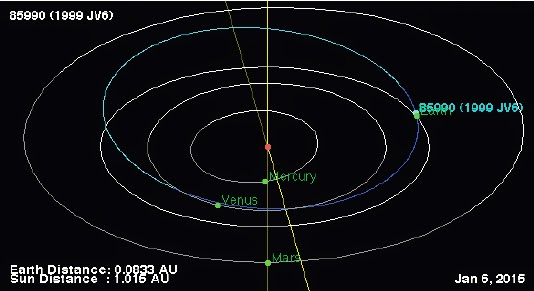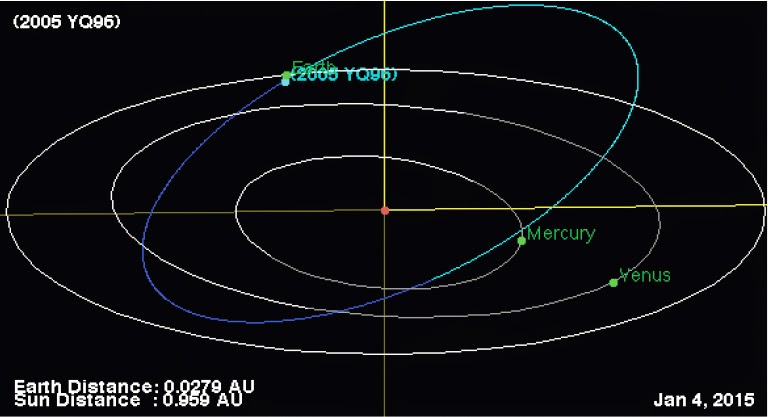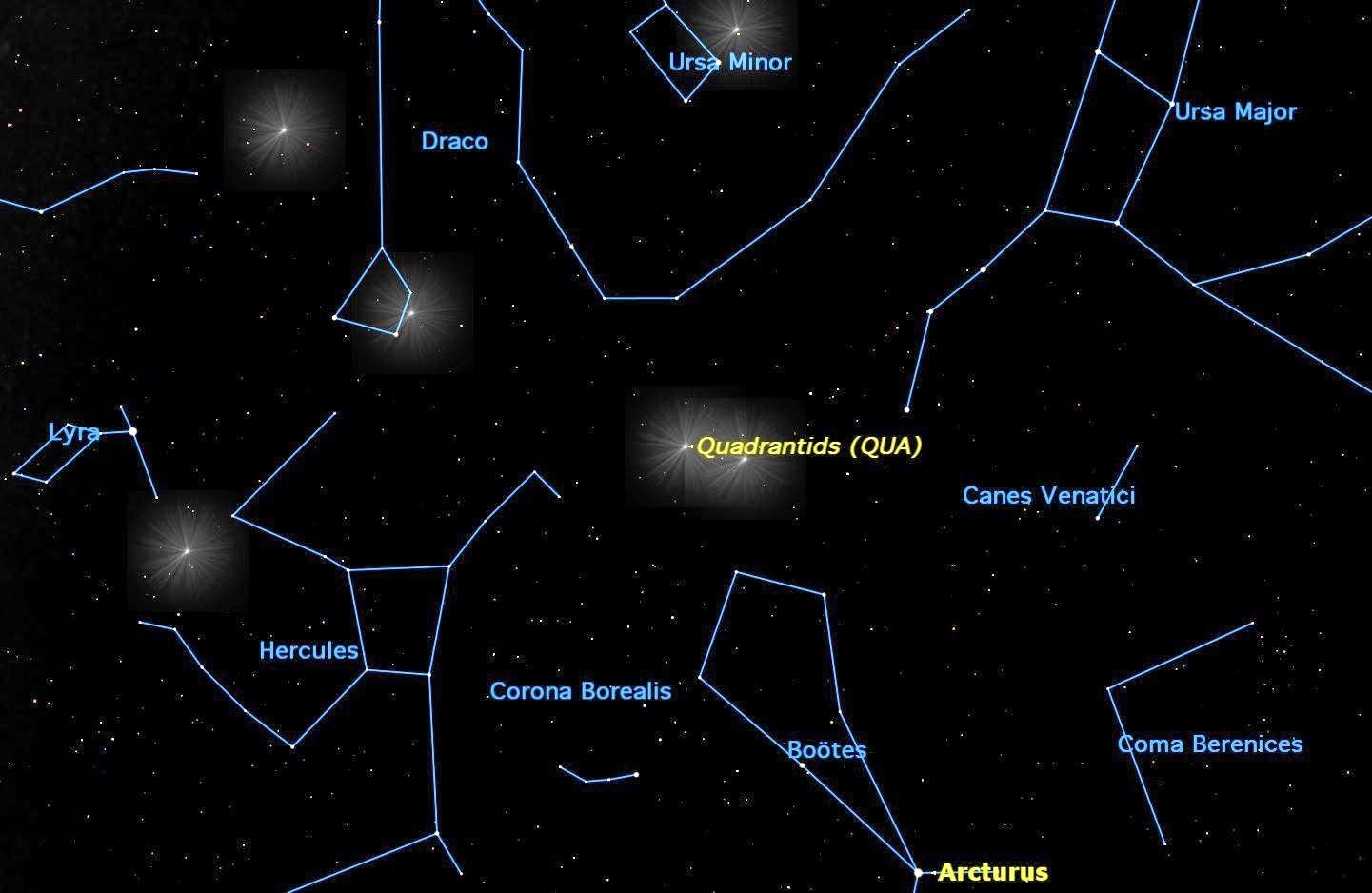Witnesses reported seening a large fireball over Bucharest, Romania, at about 3.00 am local time on Thursday 7 January 2015. The event is reported to have lasted several seconds, and to have lit up the sky 'like the day'. The exact cause of the event is unclear, but it is likely to have been caused by a large meteor burning up in the Earth's atmosphere.
Image of the 7 January 2015 fireball capture by a rooftop security camera in Bucharest. NBC.
A fireball is defined as a meteor (shooting star) brighter than the
planet Venus. These are typically caused by pieces of rock burning up in
the atmosphere, but can be the result of man-made space-junk burning up
on re-entry.
Objects of this size probably enter the Earth's atmosphere several times a year, though unless they do so over populated areas they are unlikely to be noticed. They are officially described as fireballs if they produce a light brighter than the planet Venus. It is possible, though unlikely, that this object will have produced meteorites that reached the surface (an object visible in the sky is a meteor, a rock that falls from the sky and can be physically held and examined is a meteorite), though most meteorites come from larger objects that penetrate further into the atmosphere before exploding, and therefore have a better chance of producing fragments that reach the surface.
See also...
 Asteroid 1999 JV6 passes the Earth. Asteroid 1999 JV6 passed by the Earth at a distance of about 12 460 000
km (32.42 times the average distance between the Earth and the
Moon, or 8.3% of the average distance between the Sun and the Earth)...
Asteroid 1999 JV6 passes the Earth. Asteroid 1999 JV6 passed by the Earth at a distance of about 12 460 000
km (32.42 times the average distance between the Earth and the
Moon, or 8.3% of the average distance between the Sun and the Earth)... Asteroid 2005 YQ96 passes the Earth. Asteroid 2005 YQ96 passed by the Earth at a distance of about 3 967 000
km (10.32 times the average distance between the Earth and the
Moon, or 2.7% of the average distance between the Sun and the Earth)...
Asteroid 2005 YQ96 passes the Earth. Asteroid 2005 YQ96 passed by the Earth at a distance of about 3 967 000
km (10.32 times the average distance between the Earth and the
Moon, or 2.7% of the average distance between the Sun and the Earth)...
The Quadratid Meteor Shower is one of the brightest meteor showers of
the year, often producing over 100 meteors per hour at its peak, which
falls on the night of 3-4 January each year, and is predicted to peak at
2.00 am GMT on Sunday 4 January 2015. The meteor...
Follow Sciency Thoughts on Facebook.


